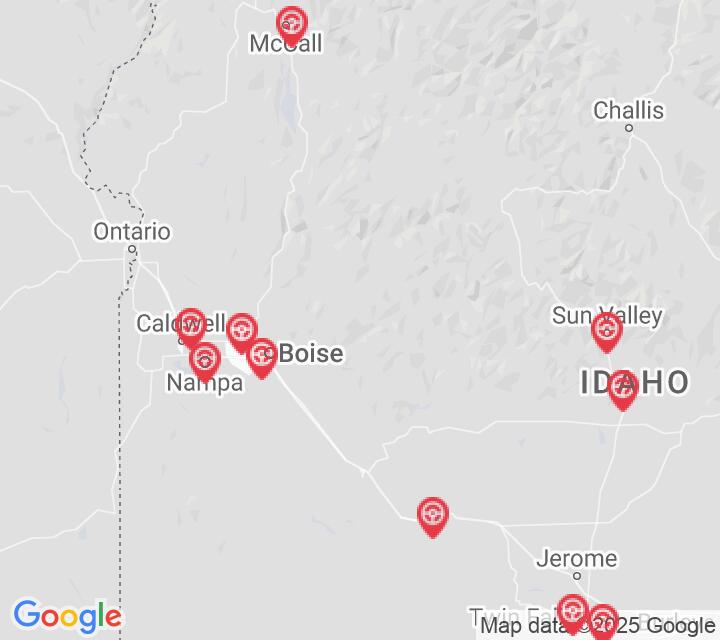Combination
All applicants who are applying for a Class A CDL should be prepared to take the Combination test. This test covers information found in Section 6 of the Idaho Commercial Driver's License Manual. Section 6 provides the information needed to safely operate tractor-trailers, doubles, triples, and straight trucks with trailers. The test is made up of 20 multiple-choice questions, and applicants will need to correctly answer a minimum of 16 questions to pass. The Combination test is not a replacement for the Double/Triple endorsement test.
Number of Question
Passing Score
15. When braking with ABS, you should:
Explanation
When operating a vehicle with an Anti-Lock Braking System (ABS), you should apply your brakes in the same manner as you would if operating a vehicle without ABS.
16. What is a bobtail tractor?
Explanation
Tractors without semi-trailers are referred to as bobtail tractors. Operating a bobtail tractor requires drivers to exercise caution.
17. A trailer that is too high:
Explanation
Before coupling together a tractor and a trailer, you should make sure the trailer is at the proper height. If the trailer is too low, the trailer nose may be damaged. If the trailer is too high, it may not be able to couple correctly.
18. The best way to recognize that your trailer has started to skid is by:
Explanation
The easiest way to become aware that your trailer has begun to jackknife is to observe it in your mirrors. Checking your trailer in your mirrors will also allow you to spot any skidding at the earliest possible moment.
19. Operating combination vehicles usually requires ____ operating single vehicles.
Explanation
Combination vehicles are usually heavier and longer than single combination vehicles. Operating a combination vehicle requires a higher level of driving skill than operating a single commercial vehicle.
20. Rearward amplification refers to:
Explanation


